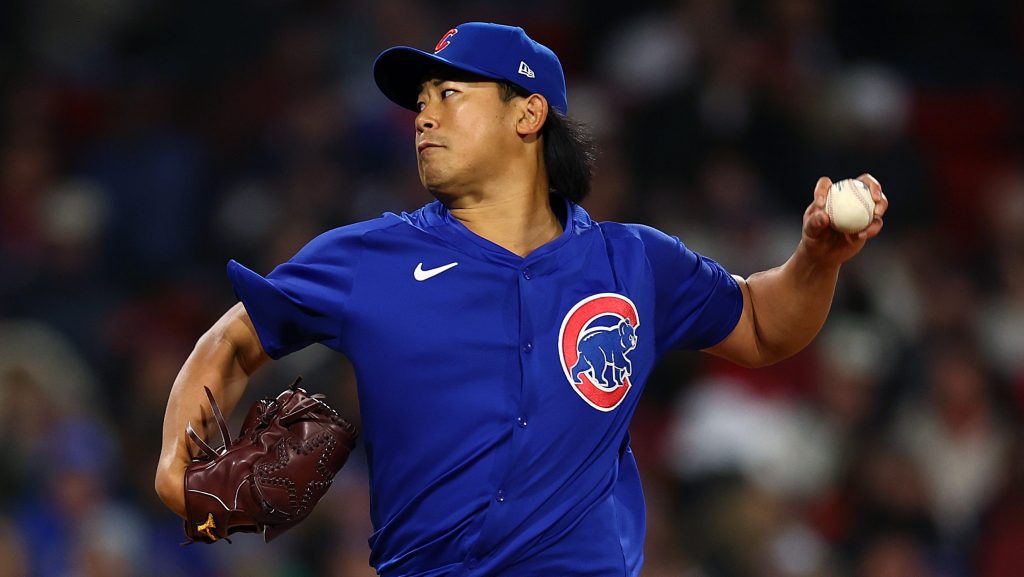The Chicago Cubs’ strong start has been headlined by elite starting pitching. Despite an injury to their ace, Justin Steele, the Cubs’ rotation has been performing at a high level. Shōta Imanaga has been a key contributor to the Cubs’ early success. Imanaga’s four-seam fastball has been considered the most valuable pitch in baseball this season, as stated by MLB.com’s David Adler.
Imanaga holds a record of 5 wins and 0 losses in six starts and has a 0.078 ERA. He has struck out 35 hitters in 34 2/3 innings. The Cubs signed the 30-year-old for a four-year, $53 million deal from Japan in free agency.
Imanaga’s four-seamer has an average speed of 92.1 mph while the MLB average is 94 mph. Despite the lower speed, Imanaga’s fastball has proven to be one of the most effective pitches in the major leagues.
Imanaga’s Fastball
In an era where every pitcher is aiming for high speed, Imanaga is excelling with below-average velocity. His four-seamer has saved +9 runs. As of May 7, he is tied with Los Angeles Dodgers Tyler Glasnow’s four-seamer for the most runs saved, according to Adler.
“I just have to make sure I’m not throwing lazy fastballs,” Imanaga said, via Cubs interpreter Edwin Stanberry, after his May 1 start.
Glasnow’s fastball has an average speed of 96.3 mph, but Imanaga leads the runs saved leaderboard. Adler attributes this to the lift Imanaga gets from his fastball and the threat of his splitter. Imanaga has 3.4 inches more lift than average, according to Adler. This is the third highest in the majors.
Imanaga’s lack of speed makes it harder for him to overpower hitters with his fastball. However, the results are what matters, and the results speak for themselves.
“Imanaga’s four-seamer doesn’t result in a lot of missed swings (his whiff rate is 21.2%), but opposing hitters have a batting average of just .137 against it. That’s the fourth-lowest batting average allowed by any pitcher with at least 50 plate appearances decided on his fastball,” wrote Adler.
“It’s a result of just thinking about: ‘How can I get to the level of MLB pitchers?'” Imanaga told MLB.com. “I know that, for me, it’s gonna be hard to beat them based on velocity. So if I have something else where I can, not even necessarily try to get ahead of them, but just be even with them. That’s what I want.”
Imanaga’s Splitter
“Imanaga relies heavily on his four-seamer to start at-bats, and he’s extremely fastball-heavy if he falls behind. But that rarely happens. Imanaga gets ahead at one of the highest rates among starting pitchers — he’s been ahead in the count for over a third of the pitches he’s thrown in the big leagues,” wrote Adler
When he’s ahead Imanaga will lean on his splitter and hitters “don’t know what’s coming, fastball or splitter,” wrote Adler.
Adler noted the rarity of a southpaw throwing a splitter constantly. With Imanaga, the Cubs have the first pitcher since Aríel Miranda in 2017 to regularly throw a splitter. The threat of the splitter keeps hitters on edge when looking for the fastball, making up for the lower velocity.
Imanaga doesn’t view his left-handed splitter as an advantage. He feels like it’s just another pitch in his arsenal.
Imanaga said he doesn't see it as a benefit personally. He views it as something unique to him. If those around him can understand the benefits of it, that's great.



